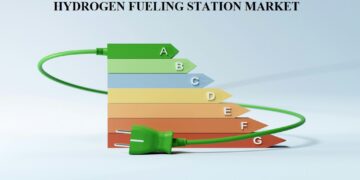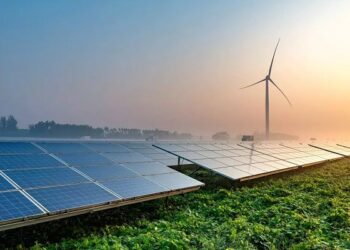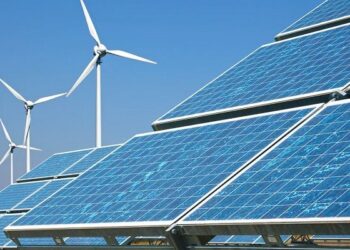Smart buildings require intelligent design, i.e. thinking smart in the designs phase. The architectural design of a building is the key to superior building performance.
We are surrounded by design. Some of it smart, some of it less so. Think of your city. Its layout and planning will affect your need for a car, and the design of your car will in turn affect your demand for energy. The same thing is true for buildings. Intelligent design is the first requirement for great performance and enhanced experience.
Every building project is an exercise in resource management, and its architecture an expression of how this challenge is resolved. An excellent building offers a productive, enjoyable environment to its users, while effectively managing the economic resources invested in it – not least through superior performance on indoor environment and energy use.
Danish design & know-how
50-75% of a building’s energy demand is decided by architectural design. Its orientation towards the sun, the availability of daylight, the design of its structure and façade, the choice of glazing and insulation all work together with the building services and control systems to produce a great environment. You can think of architecture as a way to increase social and cultural benefits by integrating and calibrating smart technical solutions on many scales. The result is greater than the sum of parts.
Denmark was the first country to implement voluntary near zero energy classes in its building regulations, gradually making these mandatory over a decade. The consistency of this policy allowed (and pushed) architects, engineers and the entire Danish construction sector to innovate in know how and technology across the entire value chain, with the result that Danish expertise is now highly valued abroad.
Design methods for smart buildings
An example of this is Henning Larsen Architects where investments in research have led to innovation in design methods and the development of a three step method ‘reduce, ptimise and produce to energy-efficient, smart buildings. First, you reduce energy demand by intelligent zoning and shaping of the building in relation to its context and attention to fresh air, sun and daylight availability in the design of façade openings and interior spaces.
Next, you optimise building services and smart control systems enhancing the indoor environment and reducing the energy demand further. Finally, once the architectural design and integrated engineering has reduced demand to an absolute minimum, it is possible to integrate renewable energy systems that may produce energy, possibly making the building energy positive.






































